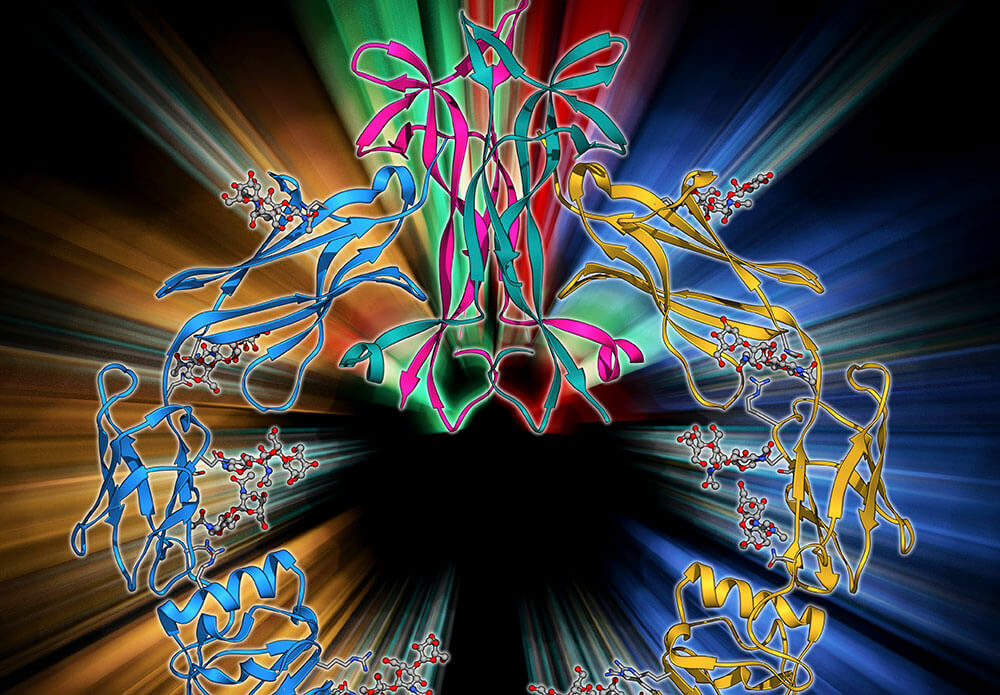The Good, the Bad and the Strange of Physical Pain

Most people struggle with pain at some point in their life, and when it gets bad enough it can be a debilitating condition. However, while pain has its obvious and sometimes devastating downside, our ability to feel physical pain is also part of maintaining our health. For a time, physicians even referred to pain as “the fifth vital sign,” because it can be important to understanding the state of a person’s health and point to the presence of disease. When our pain receptors are working effectively, pain is a useful way for our bodies to tell our brains when a stimulus is a threat to our overall well-being.
However, sometimes pain stops playing a protective role. Chronic pain can occur when a medical professional is unable to effectively treat the underlying condition causing the pain, but it can also happen when there isn’t an underlying disease at all. At that point, pain ceases to be an effective indicator that something is wrong with the body and becomes a disease unto itself.
The Biology of Pain
Understanding how pain can go from a useful, if unwelcome, stimulus to a serious malady requires understanding the biology behind pain. And that biology begins with the distinction between the central and peripheral nervous systems.
The central nervous system is made up of the brain and spinal cord, while the peripheral nervous system is made up of sensory and motor nerves. The peripheral nervous system uses a variety of receptors to gather stimuli that they pass on to the brain. When it comes to pain, the most important are called nociceptors.
Nociceptors are peripheral sensory neurons, commonly referred to as nerve endings, located all over the body. They help tell the brain when the body is being damaged. The signals between the nociceptors and the brain are the basis of what we interpret as pain.
How Nociceptors Work
Nociceptors can be activated in a variety of ways. Hit your knee on the edge of a coffee table and nociceptors notice the excessive pressure and fire off immediately, telling your brain about the threatening stimulus. Sometimes the messages nociceptors send to the central nervous system are used by the spinal column to initiate a reaction before you even feel pain. For example, if you put your hand on a hot stove, you might notice that you jerk your hand away even before you “feel” anything.
Nociceptors aren’t just affected by external stimuli. They can also be activated by things happening inside your body. If you have a cut that gets infected, it often hurts even if you don’t touch the wound. That’s because your body’s inflammatory response to the cut stimulates nociceptors.
The inflammatory response releases a host of naturally occurring chemical messengers that are designed to let the nociceptors communicate the feeling of pain to the central nervous system. These messengers include several different types of chemicals, including cytokines and a substance called nerve growth factor (NGF). Recent research into controlling pain has focused on controlling some of these messengers.
It’s About More Than Just Nerves
But a person can feel pain even if nociceptors, cytokines and NGF aren’t involved. In fact, people report feeling pain in places they don’t even have nociceptors. Some of the best-known examples of this type of pain, often called phantom pain, come from people who feel pain in limbs that have been amputated.
How can people feel pain in a limb they no longer have? Studies show that the parts of the brain that interpret signals from nociceptors can be activated even without external stimuli. In fact, MRI and PET scans show the portions of the brain that used to receive input from the nociceptors in an amputated limb have increased activity during an episode of phantom pain.
The existence of phantom pain is a testament to the complexity of physical pain. It’s also a reminder of how physical pain is a delicate balancing act between the central and peripheral nervous systems. We need them to work together to keep us safe and healthy, even if it sometimes hurts.
